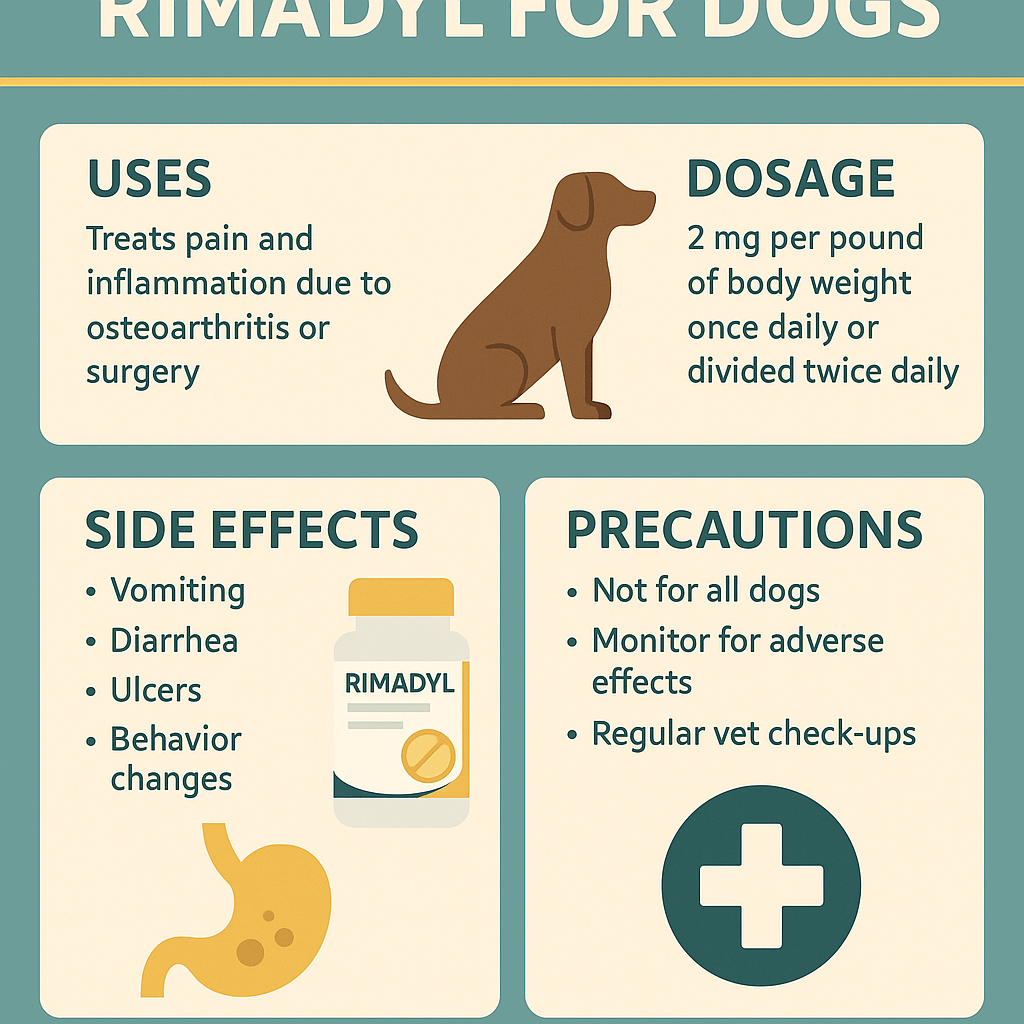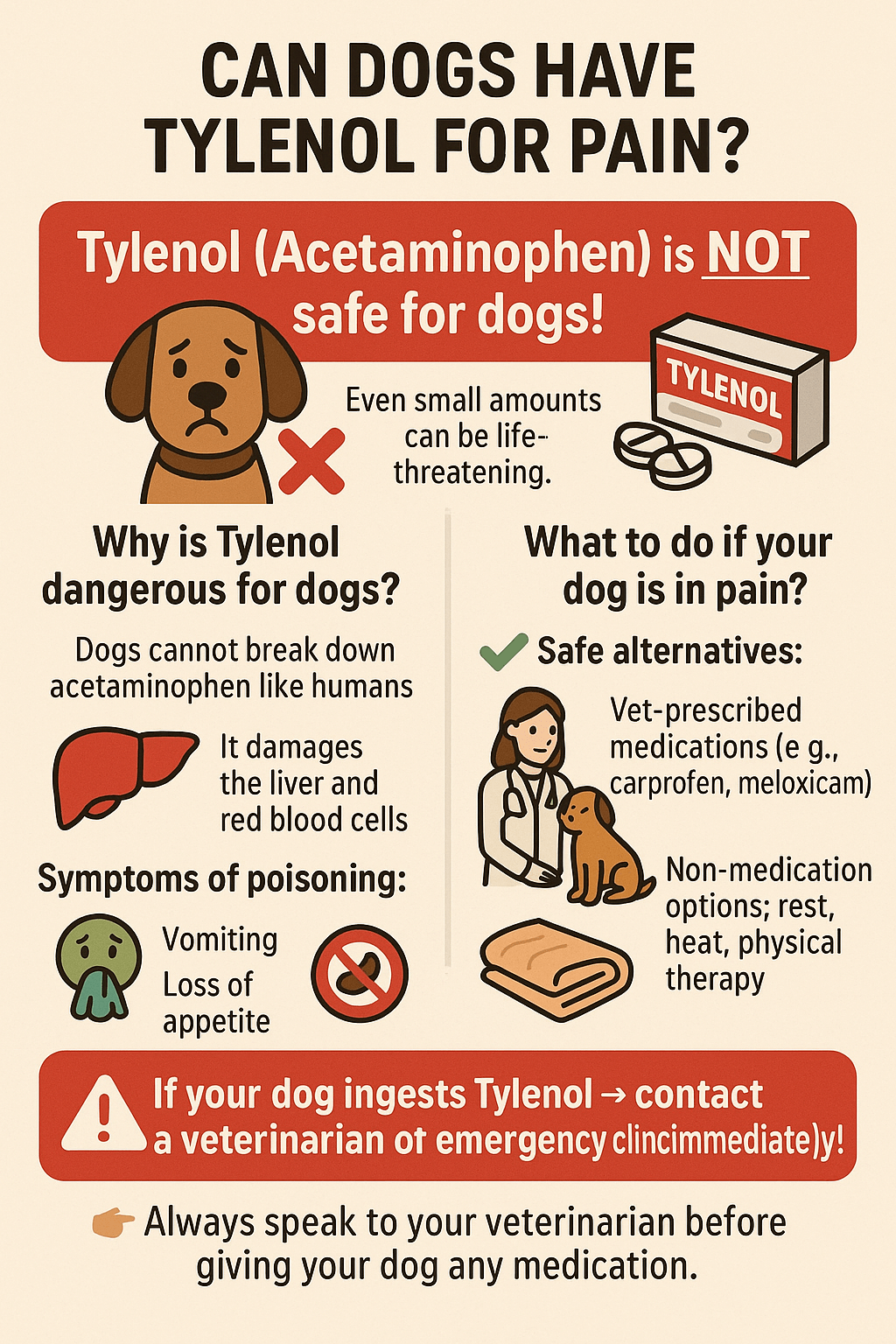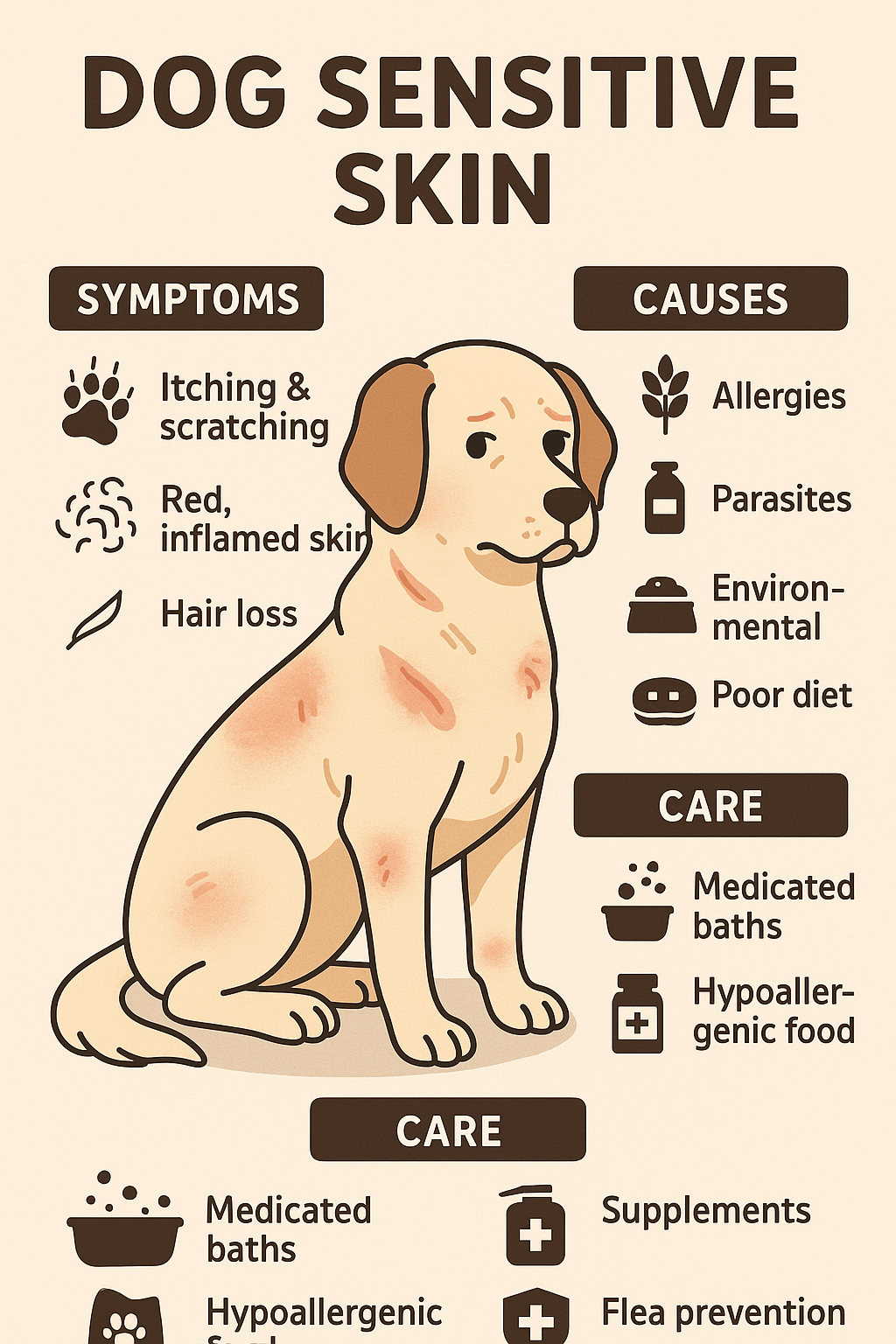Dog Has Red Eyes: Best 7 Expert Tips for Relief & Care!
If you’ve ever noticed your dog’s eyes turning red, you might have felt a mix of concern and curiosity. While it’s easy to dismiss this as a minor issue, red eyes in dogs can be a sign of something more serious. Whether it’s due to allergies, infections, or an underlying health condition, understanding the root cause is crucial for your pet’s well-being. In this blog post, we’ll explore everything you need to know about why your dog might have red eyes, how to address it, and when it’s time to consult a veterinarian. Let’s dive in and ensure your furry friend gets the care they deserve.
Common Causes of Red Eyes in Dogs
Red eyes in dogs can stem from a variety of factors. Here’s a quick overview of some common causes:
- Allergies: Environmental allergens like pollen, dust, or grass can irritate your dog’s eyes.
- Infections: Bacterial or viral infections often lead to redness and discharge.
- Foreign Objects: Dust, dirt, or small debris trapped in the eye can cause irritation.
- Dry Eye (Keratoconjunctivitis Sicca): A lack of tear production can leave eyes dry and inflamed.
- Injuries: Scratches or trauma to the eye can lead to redness and discomfort.
Understanding these potential triggers can help you take proactive steps to protect your dog’s eye health. Remember, early detection is key to preventing complications.
Symptoms to Watch Out For
While red eyes are often the most noticeable symptom, there are other signs that may accompany them. Here’s what you should look out for:
- Excessive Tearing: Watery eyes could indicate irritation or infection.
- Swelling Around the Eyes: Puffiness may suggest inflammation or an allergic reaction.
- Discharge: Yellow or green discharge can signal an infection.
- Squinting or Blinking Frequently: This behavior may mean your dog is experiencing pain or discomfort.
- Pawing at the Eyes: Constant rubbing could indicate itching or irritation.
If you notice any of these symptoms alongside red eyes, it’s important to monitor your dog closely. Early intervention can make all the difference in their recovery process.
Expert Opinion: Insights from a Veterinary Ophthalmologist
“Red eyes in dogs are often an early warning sign of underlying issues, ranging from simple irritations to serious infections or systemic diseases,” says Dr. Emily Carter, a board-certified veterinary ophthalmologist. “Prompt attention and proper diagnosis are critical, as untreated eye conditions can lead to permanent damage or even vision loss.”
Check this guide 👉 Top 4 Premium Beef Dog Food Options for Ultimate Nutrition!
Check this guide 👉 Top 5 Best Turkey Dog Food Options for Ultimate Nutrition!
Check this guide 👉 5 Best High-Fat Dog Foods for Ultimate Energy & Health!

Advantages of Addressing Red Eyes in Dogs | Disadvantages or Challenges |
|---|---|
Early detection of potential health issues | Veterinary consultations can be costly |
Effective treatments available for most causes | Some conditions may require ongoing care |
Prevents long-term eye damage | Misdiagnosis possible without expert help |
Improves your dog’s overall comfort and happiness | Stressful for both the pet and the owner |
Strengthens the bond through attentive care | Temporary restrictions on activities may be needed |
Treatment Options for Red Eyes
Once you’ve identified the cause of your dog’s red eyes, it’s time to explore treatment options. Here are some common approaches:
- Medicated Eye Drops: Prescribed by a vet to treat infections or allergies.
- Warm Compresses: Help soothe irritated eyes and reduce swelling.
- Antibiotics: Used for bacterial infections that cause redness.
- Removing Foreign Objects: Carefully done by a professional if debris is present.
- Artificial Tears: Useful for dogs with dry eye syndrome.
Always consult a veterinarian before starting any treatment. They can provide tailored advice based on your dog’s specific needs. With the right care, your pup’s eyes will soon be back to their bright, healthy selves.
Prevention Tips to Keep Your Dog’s Eyes Healthy
Prevention is always better than cure. Here are some tips to keep your dog’s eyes in top shape:
- Regular Check-Ups: Schedule routine vet visits to catch issues early.
- Clean Their Eyes Gently: Use a damp cloth to remove dirt or discharge.
- Avoid Allergens: Keep your dog away from known irritants like smoke or strong perfumes.
- Trim Facial Hair: Long hair around the eyes can trap debris and cause irritation.
- Monitor Playtime: Ensure toys or activities don’t pose a risk to their eyes.
By incorporating these practices into your routine, you can significantly reduce the chances of your dog developing red eyes. Prevention not only saves time but also ensures your pet stays happy and healthy.
Additional Considerations for Managing Red Eyes in Dogs
When dealing with red eyes in dogs, there are a few more factors to keep in mind to ensure your pet receives the best possible care. Below is a list of additional considerations that can make a significant difference in managing this condition effectively:
Environmental Adjustments:
- Keep your home free of dust and allergens.
- Use air purifiers to improve indoor air quality.
- Avoid exposing your dog to cigarette smoke or strong chemicals.
Dietary Support:
- Include omega-3 fatty acids in their diet to promote eye health.
- Ensure they have access to fresh, clean water to stay hydrated.
- Consult your vet about supplements specifically designed for eye health.
Behavioral Observations:
- Monitor changes in behavior, such as lethargy or loss of appetite, which could indicate pain.
- Note if your dog is avoiding bright light, as this may suggest sensitivity or discomfort.
- Watch for recurring issues, as frequent redness might point to an underlying chronic condition.
By paying attention to these additional factors, you can provide holistic care that addresses not just the symptoms but also the overall well-being of your dog. Every small step counts when it comes to ensuring their comfort and happiness.
Signs That It’s Time to Visit the Vet
While some cases of red eyes in dogs can be managed at home, there are certain signs that indicate it’s time to seek professional help. Recognizing these warning signals can prevent complications and ensure your dog gets timely treatment. Here’s what to look out for:
Severe Symptoms:
- Eyes appear cloudy or have a bluish tint.
- Noticeable swelling or bulging of the eye.
- Bloodshot eyes that worsen over time.
Behavioral Changes:
- Your dog seems unusually lethargic or uninterested in activities.
- They avoid direct sunlight or bright indoor lighting.
- Excessive pawing or rubbing of the eyes despite your attempts to stop them.
Persistent Issues:
- Redness doesn’t improve within 24-48 hours of home care.
- Discharge becomes thick, yellow, or green.
- Squinting or keeping the eye partially closed for extended periods.
When in doubt, it’s always better to err on the side of caution. A quick visit to the vet can provide peace of mind and ensure your dog receives the appropriate care. Early intervention is key to preventing long-term damage and keeping your furry friend healthy.
Simple Home Care Tips for Mild Red Eyes
If your dog’s red eyes appear to be mild and not accompanied by other serious symptoms, there are a few home care steps you can take to provide relief. These measures are not a substitute for professional veterinary advice but can help soothe minor irritation. Here’s what you can do:
Basic Cleaning:
- Use a clean, damp cloth or cotton ball to gently wipe away any discharge or debris around the eyes.
- Avoid using harsh chemicals or soaps near the eye area.
- Clean the area twice daily to prevent further irritation.
Comfort Measures:
- Keep your dog in a calm, quiet environment to reduce stress and eye strain.
- Ensure they have a cozy resting spot away from direct sunlight or drafts.
- Limit activities that could cause eye fatigue, such as excessive running or jumping.
Monitoring Progress:
- Observe your dog’s eyes closely for improvement over the next 24 hours.
- Take note of any changes in behavior or worsening symptoms.
- If there’s no improvement or if symptoms worsen, contact your vet immediately.
These simple steps can provide temporary relief and help you determine whether the issue is something minor or requires professional attention. Always prioritize your dog’s comfort and well-being while keeping an eye on their progress.
Frequently Asked Questions About Red Eyes in Dogs
Is it normal for my dog’s eyes to turn red occasionally?
Occasional redness may occur due to temporary irritation, but persistent redness should be evaluated by a vet.
Can I use human eye drops for my dog’s red eyes?
No, human eye drops may contain ingredients harmful to dogs. Always consult a vet for safe options.
How quickly should I see a vet if my dog has red eyes?
If redness persists for more than 24 hours or is accompanied by other symptoms, seek veterinary care promptly.
Are certain breeds more prone to red eyes?
Yes, breeds with bulging eyes (e.g., Pugs, Shih Tzus) are more susceptible to eye-related issues.
Can diet affect my dog’s eye health?
A balanced diet rich in vitamins A and E supports overall eye health.
Final Thoughts: Prioritize Your Dog’s Eye Health
Your dog’s eyes are not just windows to their soul—they’re also indicators of their overall health. Red eyes may seem like a small issue, but they can signify deeper problems that require attention. By staying informed, recognizing symptoms early, and seeking professional guidance when needed, you can ensure your furry companion enjoys a lifetime of clear vision and vibrant health. Remember, your dog relies on you to be their advocate. So, keep an eye out (pun intended!) and give them the love and care they deserve.
Rimadyl for Dogs: Best 7 Expert Tips! Discover expert advice on using Rimadyl safely, managing pain, and improving your dog’s mobility with trusted veterinary insights.
Can Dogs Have Tylenol for Pain? Best 7 Expert Tips! Discover the risks, safe alternatives, and expert advice on managing your dog’s pain effectively while avoiding harmful medications.
Understanding Hemophilia in Dogs: Best 7 Expert Tips! Discover expert advice on managing hemophilia, recognizing symptoms, and ensuring your dog’s well-being with practical care strategies.
Understanding Dog Sensitive Skin: Best 7 Expert Tips! Discover expert advice on managing dog sensitive skin, relieving irritation, and improving your pup’s comfort with practical solutions.





